Executive banking consultant and director of Samlink Advisory Services, Pål Krogdahl, discusses the obstacles banks face in modernisation and how to overcome them.
Banks run into three common problems when it comes to modernisation, says Pål Krogdahl, executive banking consultant and director of Samlink Advisory Services:
- Driving the modernisation as an IT program with limited or no business sponsorship, leading to misalignment and underperformance.
- Focusing too heavily on the legacy tech, which constrains the future target.
- Heavy reliance on in-house development, significantly slowing down time to market.
“Eighty-five percent of what banks do is generic, and exists to help them operate as a bank, offering almost no differentiation from their competitors,” says Krogdahl. “The remaining is what separates them from their peers and drives their competitive advantage. Banks should focus on these differentiations and seek ecosystem partners to help deliver on everything else.”
The question then becomes: How? Banks typically don’t see a way to build those IT solutions for their unique services without ripping up the entire yard—which consists of legacy tech and thus takes years to redevelop.
“The problem with a five-year project that changes the entire infrastructure is that it’ll be outdated by the time it’s done, putting the bank back at square one,” says Krogdahl.
Recommended: Read the Enabled Banking Publication here
What is Ecosystem Enabled Banking
Samlink, a Finland-based banking platform provider and banking industry consulting organisation with 30 years of experience, offers a solution called Ecosystem Enabled Banking. After its acquisition by international IT services company Kyndryl, Samlink now leverages a global team of 80,000+ employees to serve banks worldwide.
“Our experience has shown us that ‘Big Bang’ transformations don’t work, which prompted us to approach the transformation problem using a more progressive and sustainable method,” says Krogdahl.
At its core, Ecosystem Enabled Banking is a framework supported by several of Samlink’s internal tools. The framework allows a bank to carry out either a progressive transformation, or to start off from scratch, such as if they want to become a new digital challenger or even create a digital bank on the side.
The paradigm-shift provided by Ecosystem Enabled Banking is to move from the traditional custom development approach to using best-of-breed offerings from ecosystem partners to accelerate the journey.
By focusing on ecosystem-provided solutions that already exist, banks can offer iterative transformations within six months rather than several years, allowing them to remain competitive.
“The future is not single-core or single-vendor. It’s multi-core and thin-core to deliver the unique services that a bank is capable of,” says Krogdahl.
Recommended: Read the Enabled Banking Publication here
Legacy systems are the last thing to look at
Bank transformations are a business-driven problem, not a technology one. When working with a bank, Samlink first determines the business-driven outcomes and focus, establishing what’s critical. The key question to ask is: What must this bank do immediately to stay relevant?
Samlink then analyses the necessary capabilities to establish what ecosystem services the bank can use to enable those business-driven outcomes. In some cases, the bank might need custom development.
However, the choice to use ecosystem solutions versus custom ones is driven by the business need, not the legacy tech. If the legacy tech aligns with the new solutions, great. If not, the ecosystem enabled approach allows banks to become competitive anyway—and fast.



